Table of content
Introduction
Mulberries, with their sweet and tangy flavor, have been a delight to many for centuries. Native to China and later introduced to various parts of the world, mulberries (Morus species) are not just a fruit but a treasure trove of nutrients, vitamins, and antioxidants. From fresh consumption to various culinary preparations, mulberries offer a versatile palette for food enthusiasts. Among the myriad ways to enjoy mulberries, crafting mulberry products stands out as a rewarding endeavor that preserves their natural goodness and enhances their culinary applications. This comprehensive guide delves into the art of making mulberry products, focusing on traditional and innovative methods to harness the full potential of this delightful fruit.
Understanding Mulberry Varieties
Before diving into the production process, it’s crucial to understand the different mulberry varieties, each with its unique characteristics that influence the final product.
-
White Mulberry (Morus alba): The most common variety, known for its sweet taste and large, juicy fruits. It’s widely cultivated for its medicinal properties and culinary uses.
-
Red Mulberry (Morus rubra): Smaller and more tart than white mulberries, with a vibrant red hue. They are less common but highly valued for their intense flavor.
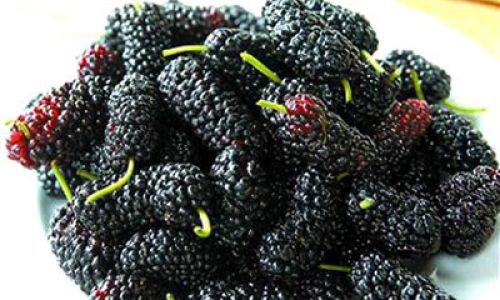
-
Black Mulberry (Morus nigra): Often darker purple rather than black, these mulberries are extremely sweet and have a rich, velvety texture. They are excellent for making jams, jellies, and syrups.
Harvesting Mulberries
Harvesting is the first critical step in crafting mulberry products. The ideal time to pick mulberries is when they are fully ripe, usually in late spring to early summer. Here are some tips for successful harvesting:
- Timing: Pick mulberries early in the morning when they are at their freshest and most flavorful.
- Gentleness: Handle mulberries gently to avoid bruising, which can lead to spoilage.
- Weather: Avoid harvesting on rainy days as wet mulberries are prone to mold and bacterial growth.
- Storage: Immediately refrigerate or process harvested mulberries to maintain freshness.
Basic Mulberry Preservation Techniques
Before diving into specific mulberry product recipes, understanding basic preservation techniques is essential. These techniques help extend the shelf life of mulberries and enhance their usability in various culinary applications.
-
Freezing:
- Wash and dry mulberries thoroughly.
- Arrange them in a single layer on a baking sheet and freeze until solid.
- Transfer frozen mulberries to airtight containers or freezer bags.
- Frozen mulberries can be used in smoothies, baking, or as a base for mulberry ice cream.
-
Drying:
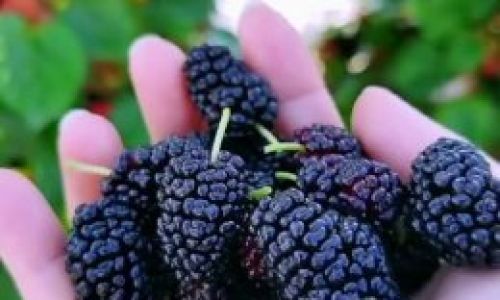
- Use a food dehydrator or oven set to a very low temperature (around 140°F or 60°C).
- Spread mulberries in a single layer and dry until they are leathery and slightly pliable.
- Store dried mulberries in an airtight container in a cool, dark place.
- Dried mulberries can be used as a snack, added to trail mix, or incorporated into baked goods.
-
Canning:
- Prepare mulberry jam or jelly following a standard canning recipe.
- Process jars in a boiling water canner for the appropriate time based on jar size and altitude.
- Canned mulberry products can be stored for up to a year in a cool, dark pantry.
Crafting Mulberry Products
Now, let’s explore specific recipes for crafting various mulberry products, from simple syrups and jams to more complex desserts and beverages.
Mulberry Simple Syrup
Ingredients:
- 2 cups fresh or frozen mulberries
- 1 cup water
- 1 cup granulated sugar
Instructions:
- In a medium saucepan, combine mulberries, water, and sugar.
- Heat over medium heat, stirring occasionally, until sugar is fully dissolved and mulberries begin to break down.
- Reduce heat to low and simmer for about 15 minutes, stirring frequently to prevent sticking.
- Strain the mixture through a fine-mesh sieve, pressing on the solids to extract as much liquid as possible.
- Let the syrup cool completely before transferring it to a clean, airtight bottle.
- Refrigerate for up to 2 weeks.
Uses: Perfect for sweetening iced tea, cocktails, or adding a touch of sweetness to yogurt and oatmeal.
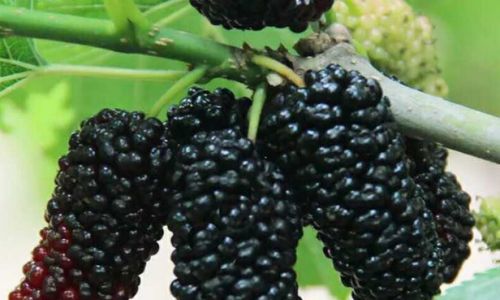
Mulberry Jam
Ingredients:
- 4 cups fresh or frozen mulberries
- 1/2 cup lemon juice (about 2 lemons)
- 3 cups granulated sugar
- 1/4 teaspoon butter (optional, to reduce foaming)
Instructions:
- Prepare jars and lids for canning by sterilizing them in boiling water.
- In a large, heavy-bottomed pot, combine mulberries, lemon juice, and sugar.
- Stir over medium heat until sugar is fully dissolved.
- Increase heat to high and bring the mixture to a rolling boil, stirring constantly.
- Boil for about 10-15 minutes, or until the jam reaches the gel stage (220°F or 104°C on a candy thermometer).
- Skim off any foam if necessary.
- Ladle hot jam into prepared jars, leaving 1/4 inch headspace.
- Wipe jar rims clean, apply lids, and process in a boiling water canner for 10 minutes.
- Remove jars from canner and let cool completely. Check for seals before storing.
Uses: Spread on toast, use as a filling for pastries, or enjoy with a scoop of vanilla ice cream.
Mulberry Jelly
Ingredients:
- 4 cups mulberry juice (made by blending and straining fresh or frozen mulberries)
- 3/4 cup water
- 6 tablespoons powdered pectin
- 4 cups granulated sugar
Instructions:
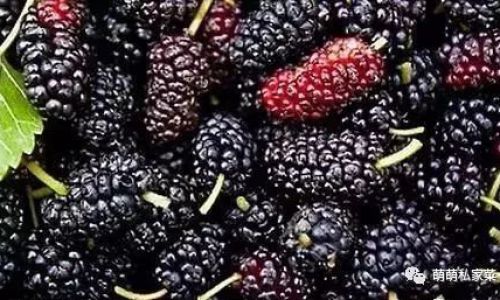
- Prepare jars and lids for canning.
- In a large pot, combine mulberry juice and water.
- In a separate bowl, mix powdered pectin with a small amount of the juice mixture to avoid clumping.
- Stir pectin mixture into the pot and bring to a full rolling boil over high heat, stirring constantly.
- Stir in sugar all at once and return to a rolling boil, stirring constantly.
- Boil hard for exactly 1 minute, stirring constantly.
- Remove from heat, skim off foam if necessary.
- Ladle hot jelly into prepared jars, leaving 1/4 inch headspace.
- Wipe jar rims clean, apply lids, and process in a boiling water canner for 5 minutes.
- Remove jars from canner and let cool completely. Check for seals before storing.
Uses: Serve with cream cheese on bagels, use as a glaze for meats, or enjoy as a light dessert on its own.
Mulberry Wine
Ingredients:
- 6 pounds fresh or frozen mulberries
- 2 pounds granulated sugar
- 1 packet wine yeast
- 1 teaspoon yeast nutrient (optional)
- 1 gallon water
- Campden tablets (for sanitizing)
Instructions:
- Sanitize all equipment and fermentation containers with Campden tablets or a suitable sanitizer.
- In a large, non-reactive pot, combine mulberries and water. Bring to a simmer and cook for about 10 minutes, stirring occasionally.
- Remove from heat and let cool slightly.
- Strain the mixture through a fine-mesh sieve, pressing on the solids to extract juice.
- Measure the juice and add enough water to make 1 gallon if necessary.
- Dissolve sugar in the juice, heating gently if needed.
- Let the mixture cool to room temperature.
- Add yeast nutrient and yeast to the juice. Stir well.
- Pour the mixture into the sanitized fermentation container, leaving headspace for bubbling.
- Cover with a loose-fitting lid or fermentation lock.
- Ferment at room temperature (65-75°F or 18-24°C) for about 2 weeks, stirring daily to dislodge any yeast that collects on the surface.
- Rack the wine into a clean, sanitized secondary fermentation container, leaving behind any sediment.
- Fit the container with an airlock and allow it to ferment for another 4-6 weeks, or until fermentation slows significantly.
- Rack the wine again, if necessary, to remove more sediment.
- Bottle the wine and store in a cool, dark place for aging.
- Taste periodically and enjoy once it has reached your desired flavor profile.
Uses: Serve chilled as an aperitif, pair with gourmet cheeses, or use in cooking for a unique flavor twist.
Conclusion
Crafting mulberry products is not only a way to preserve the fleeting sweetness of this seasonal fruit but also an opportunity to explore creativity in the kitchen. From simple syrups and j
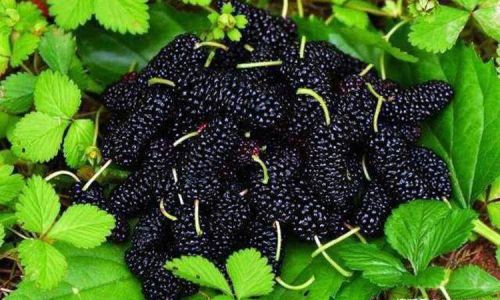
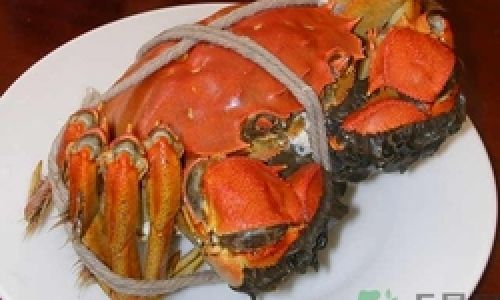
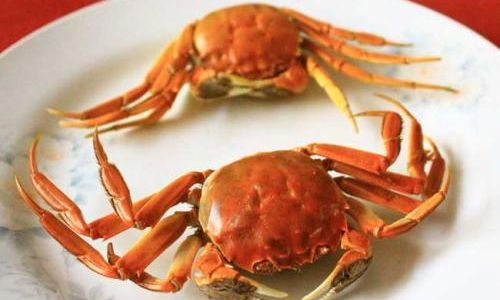
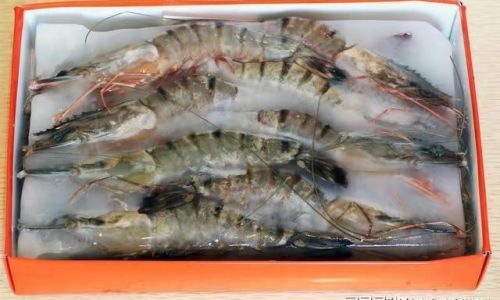
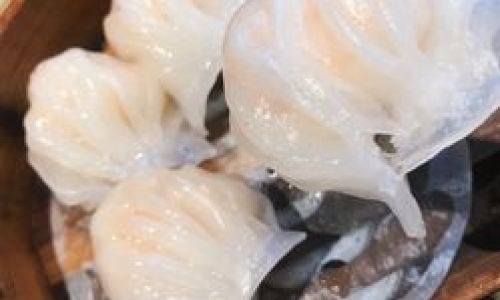
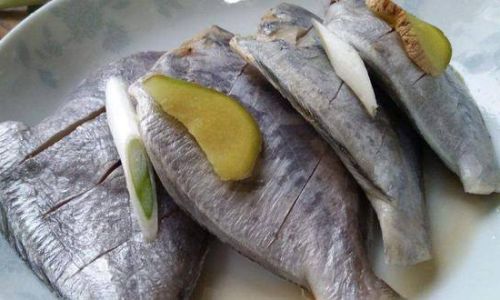
0 comments